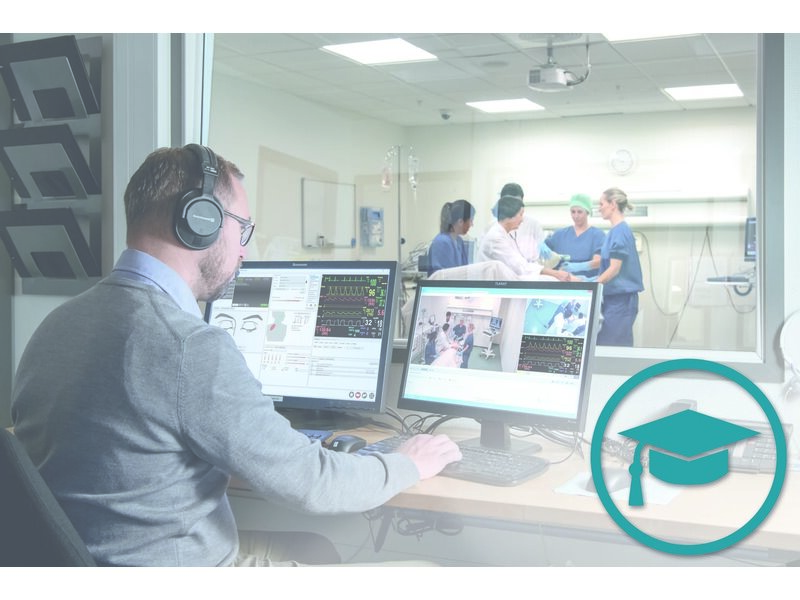
Developing Faculty Scenario Creation instit
En existencias
- Este producto no está disponible para su compra en línea
- Solicitar más información
Inicia sesión para agregar este elemento a tu lista de favoritos.
Descripción general
Faculty and staff development are essential for successful simulation experiences. Education on how to develop support for using simulation and ways to incorporate simulation as a teaching strategy are critical to achieving curricular goals. In this course, components of the INACSL Standards and NLN Jeffries Simulation Theory are discussed in relation to the need for faculty development. A variety of t models for faculty development and strategies for gaining faculty support are provided, along withtoolsfor evaluating faculty. At the conclusion of the course you will be able to create your own plan for attaining your aims. The Educator's Toolkit offers job descriptions and a Diffusion of Innovation game.
Objectives
1. Understand the need for faculty development related to simulation.
2. Identify essential components for faculty development for successful simulation.
3. Assess your faculty for knowledge of components and development timelines.
4. Explore potential models for faculty development.
5. Create an individualized plan for initial and ongoing faculty development.
 Patricia (Patty) Ravert, PhD, RN, CNE, FAAN, ANEF, holds the rank of professor and is the dean is at Brigham Young University College of Nursing. She also serves as coordinator of the Nursing Learning Center and Clinical Simulation Laboratory at Brigham Young University College of Nursing. Dr. Ravert has used high-fidelity simulation since 2001 and has facilitated many simulation sessions. Her work also involves integrating high-fidelity simulation across the baccalaureate and graduate (family nurse practitioner) programs. Dr. Ravert served as the BSN Representative on the Board of Directors for the International Association of Clinical Simulation and Learning (INACSL) from 2004-2008 and served on the editorial board for the organization's journal, Clinical Simulation in Nursing Education.
Patricia (Patty) Ravert, PhD, RN, CNE, FAAN, ANEF, holds the rank of professor and is the dean is at Brigham Young University College of Nursing. She also serves as coordinator of the Nursing Learning Center and Clinical Simulation Laboratory at Brigham Young University College of Nursing. Dr. Ravert has used high-fidelity simulation since 2001 and has facilitated many simulation sessions. Her work also involves integrating high-fidelity simulation across the baccalaureate and graduate (family nurse practitioner) programs. Dr. Ravert served as the BSN Representative on the Board of Directors for the International Association of Clinical Simulation and Learning (INACSL) from 2004-2008 and served on the editorial board for the organization's journal, Clinical Simulation in Nursing Education.
 Mary L. Cato, EdD, RN, is an Assistant Professor and lead simulation faculty in the Oregon Health & Science University School of Nursing. She has been teaching with simulation for over ten years, and during that time has integrated simulation into all clinical courses in the School of Nursing undergraduate curriculum. Dr. Cato was one of the original SIRC authors, and has worked with the NLN on other projects including the ACES program and the revision of the NLN/Jeffries Simulation Framework into the NLN/Jeffries Simulation Theory. Her doctoral research focused on anxiety and its effect on learning in simulation.
Mary L. Cato, EdD, RN, is an Assistant Professor and lead simulation faculty in the Oregon Health & Science University School of Nursing. She has been teaching with simulation for over ten years, and during that time has integrated simulation into all clinical courses in the School of Nursing undergraduate curriculum. Dr. Cato was one of the original SIRC authors, and has worked with the NLN on other projects including the ACES program and the revision of the NLN/Jeffries Simulation Framework into the NLN/Jeffries Simulation Theory. Her doctoral research focused on anxiety and its effect on learning in simulation.
